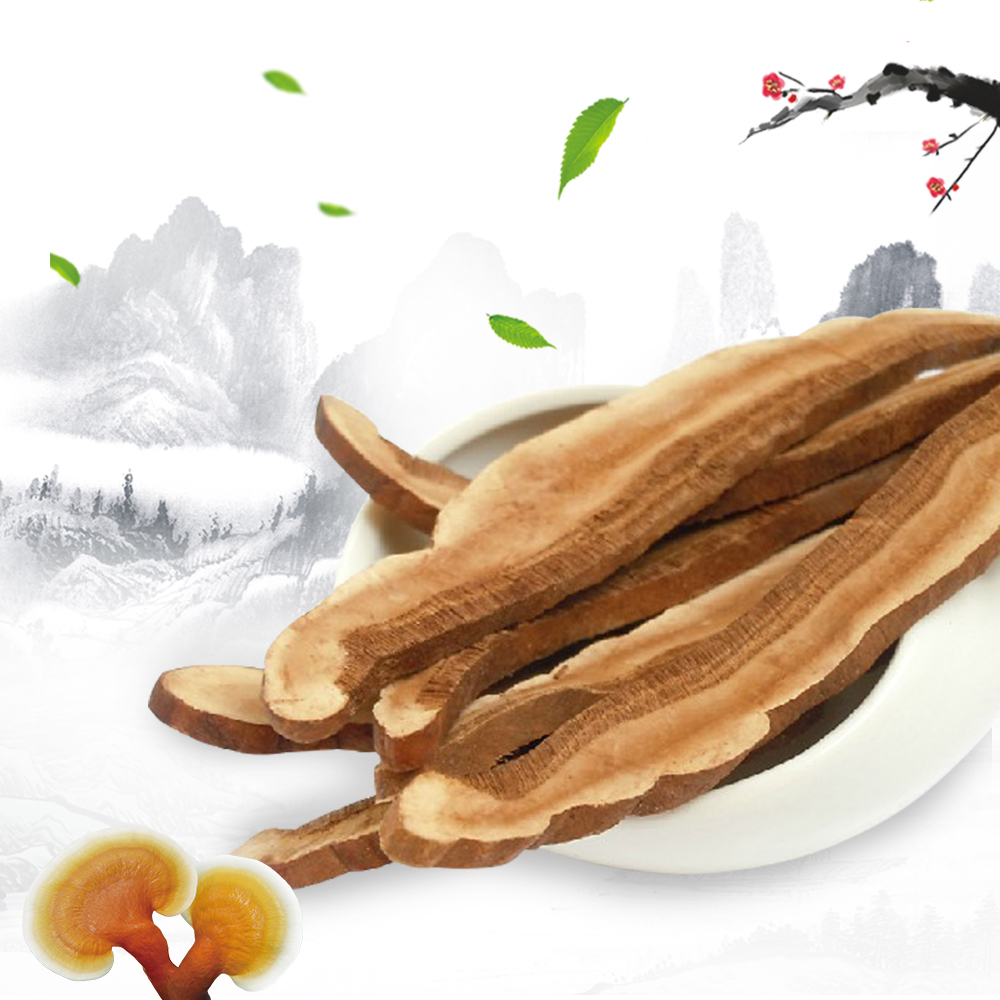Planting Technique of Ryegrass Planting - Dongmu 70 Ryegrass
First, the characteristics of winter rye 70 ryegrass ryegrass grass 1 year old forage grass, adaptability, high yield and alkali-resistant, resistant to thin, cold, pest and disease resistance, more than one tiller, regeneration ability, high requirements for water and fertilizer. Therefore, it is necessary to choose fertile soil with high flatness, high organic matter content, and convenient drainage and irrigation to achieve high yields.
Second, the site preparation
1, Shallow ploughing. After autumn crops such as cotton, red leeks, and soybeans were harvested, shallow ploughing was performed once and the residual roots of the former crop left in the ground were turned out for fertilization and restoration of soil fertility. Shallow ploughing with 1- or 2-times of hoeing can protect the hoe and prepare for fertilizing and deep ploughing.
2, apply enough base fertilizer. Since ryegrass has a high amount of grass and requires more nutrients, it must be applied as a base fertilizer. The amount of fresh rye grass is closely related to the amount of fertilization. In general, 5,000 kg of soil-fertilizer is applied to Mu, 40 kg of superphosphate, and 25 kg of ammonium bicarbonate. The earth miscellaneous fertilizers are broken up and scattered, and the fertilizer spreads along with the furrows.
3, deep plowing. Plough depth 20-22 cm, so that the soil in the cultivating layer is loosened and matured, which favors the growth of root system of ryegrass, and increases the ability of roots to absorb water and fertilizer. Plow to head to side, no lying. While plowing on the side of the plow, the large earth blocks will be broken manually to reach the fine ground.
Third, sowing
1, sowing time. The sowing date of ryegrass in Huaibei area is generally later than that of autumn sowing wheat. However, since ryegrass is planted in winter, it must be planted in the whole place after ploughing. Therefore, the sowing date is October 20-25, and it should be earlier than this time in this range, otherwise it will affect the increase of ryegrass yield.
2, broadcast method. In order to facilitate field management, three-legged mallets are sowed. The general broadcast depth is 5 cm. The specific depth depends on the conditions of soil moisture, soil quality, and soil preparation. The amplitude should not be too large. When sowing, you must meet the requirements of “one level, two nets, three eyesight, three tight and three slow, one fierce and one suddenâ€.
3, the amount of seeding. Usually 7.5--10 kg per acre sowing, depending on soil moisture, soil preparation, seed germination rate, etc. as appropriate, increase or decrease.
Fourth, field management
1, weeding weeding. Combine with cultivator to eradicate weeds in time, increase ground temperature and promote sprouting.
2, fertilization. In order to promote turn green, accelerate plant growth, supplement ground force, chase fertilizing material in time after each castration, and apply 15-20 kg of ammonium per acu. Fertilization should be uniform, apply a depth of 6-8 cm, cover soil after application, use down-to-earth, guard against chemical fertilizer volatilization.
3, irrigation. In the case of relatively dry weather, it is necessary to carry out irrigation, irrigation combined with fertilization. Immediately after fertilization, it is irrigated once, so that the fertilizer can be dissolved and used by ryegrass in a timely manner. After the irrigation, the land will continue to go down, and the groundwater will be smashed once to increase the temperature of the ground. It will quickly play a role in fertilizer, promote the return of greenery, and at the same time, it will also play a role in conservation.
V. Castration and Utilization When the plants are 20-30 cm tall, they begin to castrate. Before the spring, castrated 1 time, from mid-December to January, leaving a sturgeon height of 5-6 cm. In the future, it will be cut once every 30 days or so. From the end of the Spring Festival to the mid-March, castrated 3 times, and then mites after planting cotton or planting mountain. The rye grass after being castrated is cut 8-10 centimeters shorter and fed with herbivorous animals. Feed the wheat straw first, then feed the ryegrass, about 10 kg per cow.
VI. Retention of ryegrass that are reserved for planting. After the Spring Festival, they will be cut 1 - 2 times, that is, stop cutting, strengthen field management, fertilize irrigation, and promote sprouting. Seed maturity is generally in early June, yield 70-80 kilograms per mu, 1 acres of land production for 8-9 acres of land use.
Reishi Slices
Reishi
slices are chopped from the fresh well-selected
log-cultivated organic ganoderma fruiting
bodies. The well-chopped slices can be directly used in making Ganoderma Tea,
cooking soup and brewing wine. It's a perfect choice to keep daily health, diet
therapy and present as a gift.

Ganoderma slices can help to nourish users' vitality and relieve malaise, cough, asthma, palpitation and anorexia.
The Reishi Mushroom we used were grown on logs in our self-built Organic Reishi Mushroom farm instead of nutrient medium in order to mimic wild environments and ensure its highest quality. We let the Reishi Mushrooms grow for up to 12 months before we collect them. During the whole cultivation process, we strictly follows the USDA organic standards, not any pesticide, herbicide, or chemical fertilizer was used at all. GanoHerb also has eight 100 thousand cleanliness GMP workshops, delivering the best and safest product to our customers.
Reishi Slice,Ganoderma Lucidum Slice,Dried Ganoderma Lucidum Slice,Organic Ganoderma Slice
Ganoherb International Inc , http://www.ganoherb.com